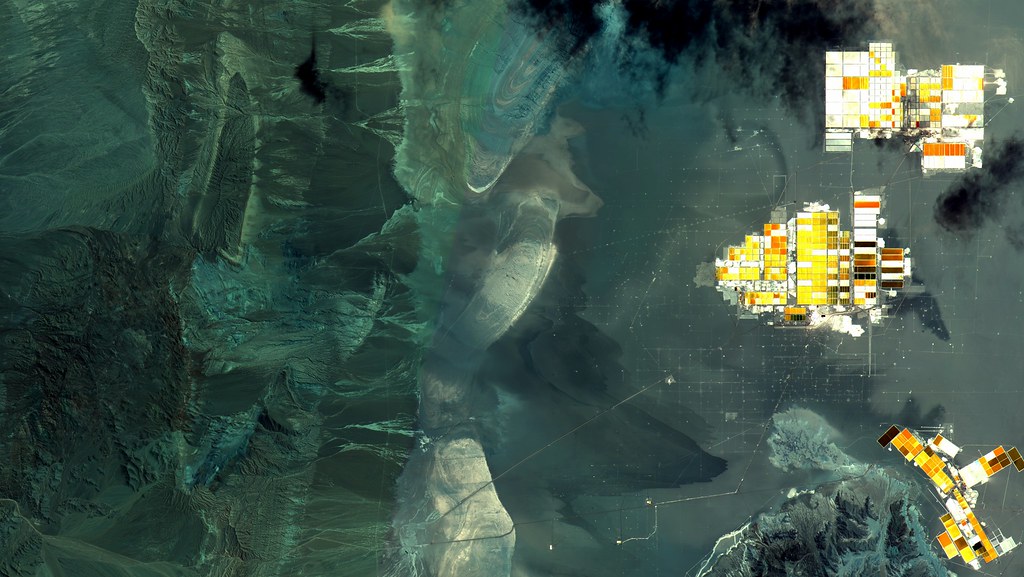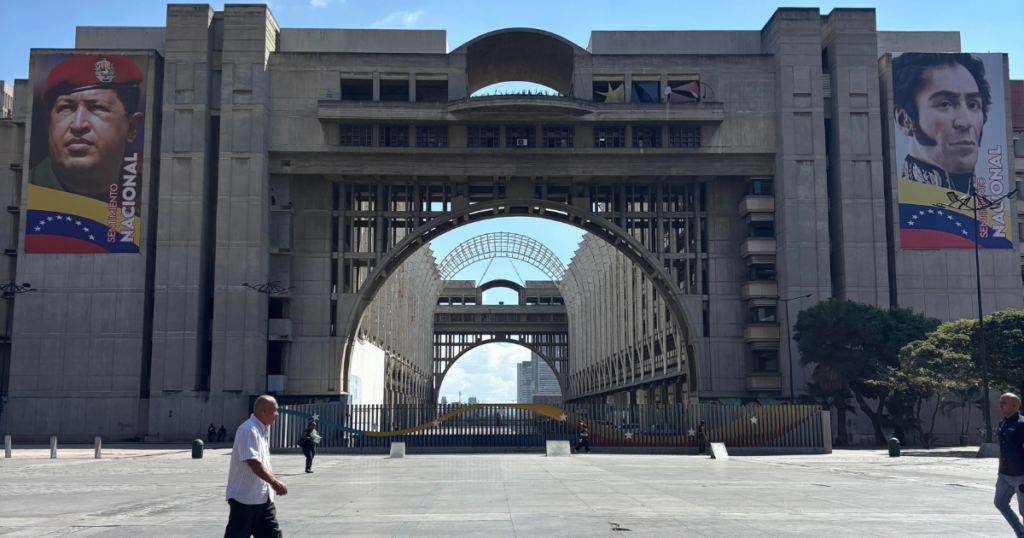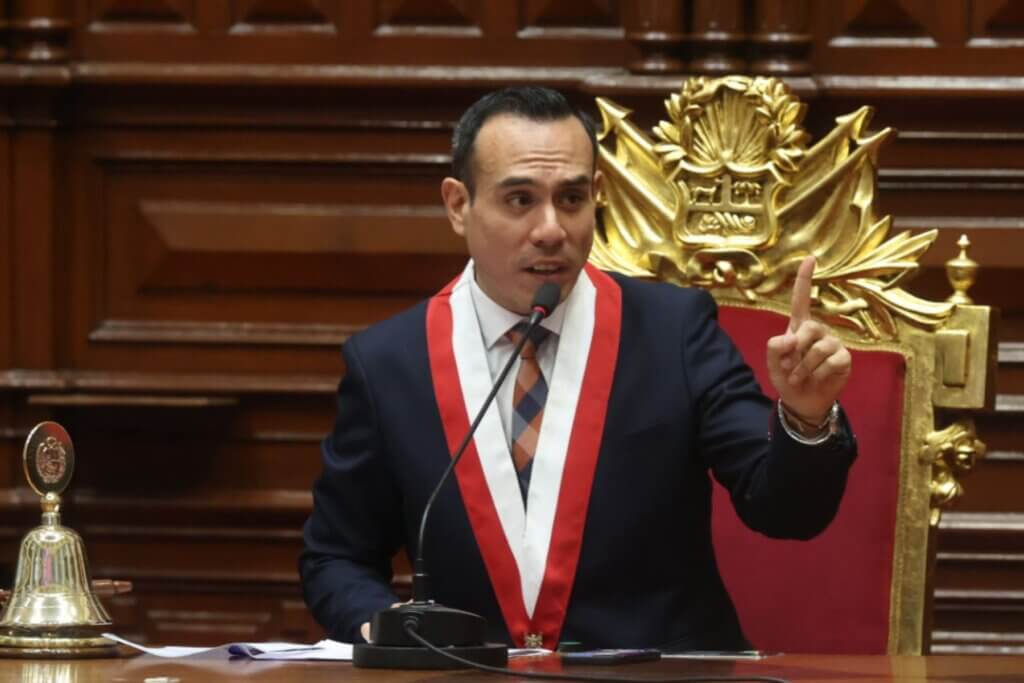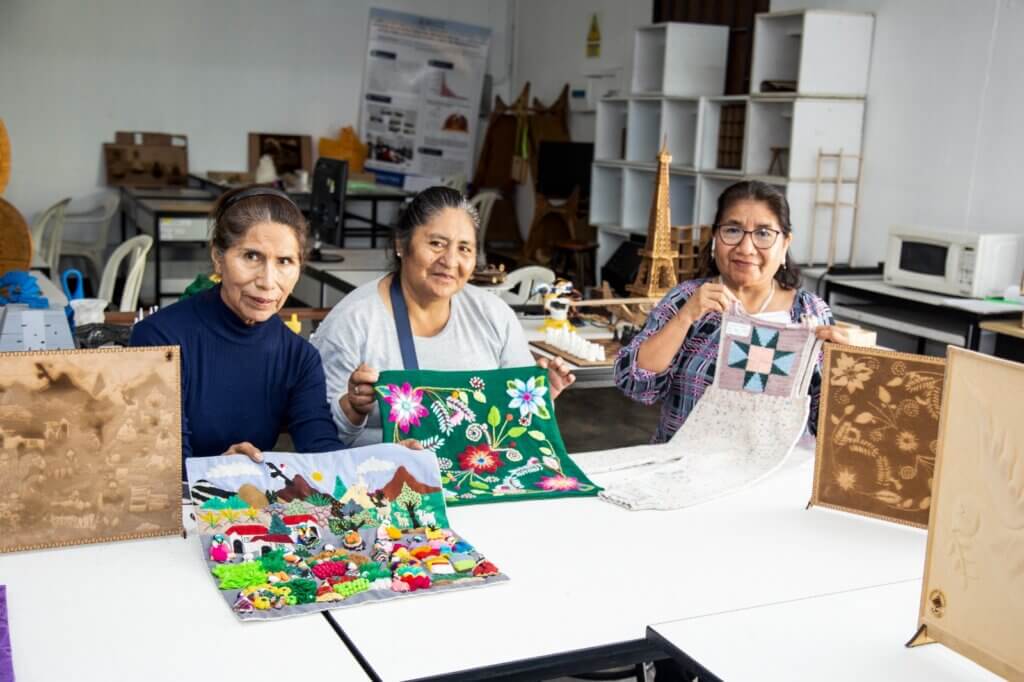At the end of September, the Chilean government — led by President Gabriel Boric — announced that it had chosen six “priority areas” for the establishment of new lithium extraction projects headed by private companies.
Chile is the second-largest global producer of lithium: an essential component of the batteries which power digital devices, electric vehicles, some medical devices, and other important pieces of technology.
The government has said it will begin consulting indigenous communities living in the six “priority areas” this month. However, there have long been complaints by indigenous and local communities about the health and environmental effects created by the industries.
Lithium extraction in the Atacama desert
One region particularly affected by lithium extraction is the Atacama desert salt flat, which is shrinking at a rate of one to two centimeters (0.4 to 0.8 inches) annually as a result. The region is home to the indigenous Atacameño people, also known as the Likan Antai. According to a 2002 Chilean census, there were 21,015 Atacameño individuals living in Chile.
Sergio Chamorro, a lawyer for the Council of the Atacameño People and director of the National Federation of Urban Dwellers, spoke to Latin America Reports about the serious effects suffered by local populations living near lithium extraction sites and other mines.
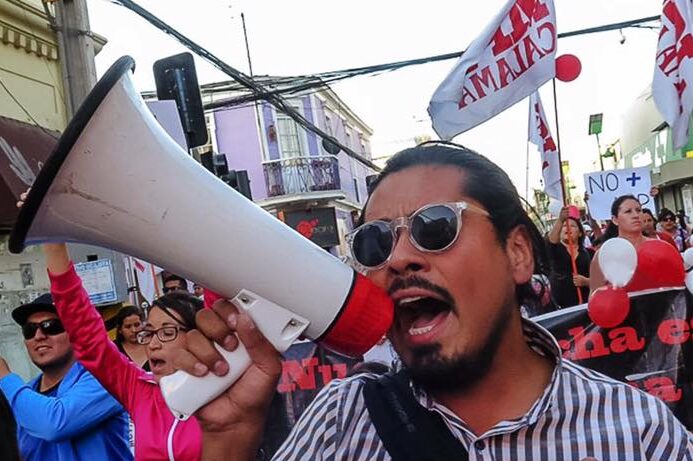
Chamorro, who is also a member of an environmental advocacy group in the Atacama desert-based city of Calama, explained that lithium mining uses vast quantities of waters in “highly desertic, arid” areas, adding that the resource of water has been managed by communities which have lived in these regions for up to 11,000 years and are therefore even “older than the State of Chile.”
He added that the establishment of six new sites for lithium extraction is concerning because these sites will “multiply the problems” within the drainage basins of the salt flats due to the flawed hydrological modeling of the territory. He added that, while the State and the mining companies have their own perceptions of how the drainage basins of the salt flats work, the “territorial” and “ancestral” knowledge which native communities possess about the land means they have realized that the current hydrological modeling currently used for mining “does not and could not fit with reality.”
Chamorro is concerned that the new sites of lithium extraction will “eventually be subjects of exploration and exploitation” as a result of the government’s National Lithium Strategy. He believes that there is a lack of understanding about how the ecosystems of these salt flats work.
Efforts to make lithium mining cleaner and more sustainable
Asked about whether he was convinced that the Chilean government would accurately consult indigenous communities whose territories will be affected by the new lithium extraction sites, Chamorro emphasized that, as a lawyer, he does not represent any one indigenous community and that he cannot claim to be a spokesperson for them. However, he explained that it is a “very important” step that the Chilean government has recognized the need to respect the International Labor Organization’s Indigenous and Tribal People’s Convention, which requires that indigenous people are consulted about developments that may impact their lives or territory.
CleanTech Lithium, a company which seeks to be the leading supplier of “green” lithium and claims it is “socially minded” and “environmentally driven,” is currently planning for a lithium project in Laguna Verde, in the Atacama desert region. The project has been given “priority” by the Chilean government, but Chamorro and other environmental activists believe “there is no such thing as sustainable mining.”
Lithium is usually extracted through evaporation ponds, which is a long and water-intensive process that can damage the natural environment and communities living in the surroundings. Companies like CleanTech Lithium, who are exploring greener options, claim that “Direct Lithium Extraction” could be a sustainable alternative. However, Chamorro says that “there is no scientific certainty” about the damage which could be caused by this “unknown” method of extraction.
If lithium mining does not cease, Chamorro fears that areas across Chile could see tragedies similar to the “irreparable environmental damage” suffered by the Punta Negra salt flat in northern Chile, where water levels dropped dramatically as a result of excessive extraction of water by copper mining company Minera Escondida. Chamorro says that copper mining in Punta Negra led to the death of various flora and fauna in the area.
Copper mining has had serious effects elsewhere, including in Calama, where the pollution created by the industry has caused severe health issues. Chamorro says that cancer is currently the principal cause of death in the city due to the pollution, and that doctors belonging to organizations such as the Medical College of Chile have declared there should be an “oncological alert” for the Calama community.
Regarding community action against the mining and extraction of lithium, Chamorro explains that inhabitants of the Atacama desert region “deploy and express themselves through different forms,” adding that they are a “people of dialogue” which seeks to engage in conversations with the State as well as mining and extraction companies.
Featured image credit:
Image: Chile´s Atacama salt pan lithium mining by brine well water evaporation
Image link: https://www.flickr.com/photos/observacao-da-terra/44430132595
Source: Coordenação-Geral de Observação da Terra/INPE, via Flickr
License agreement: https://creativecommons.org/licenses/by-sa/2.0/deed.en


